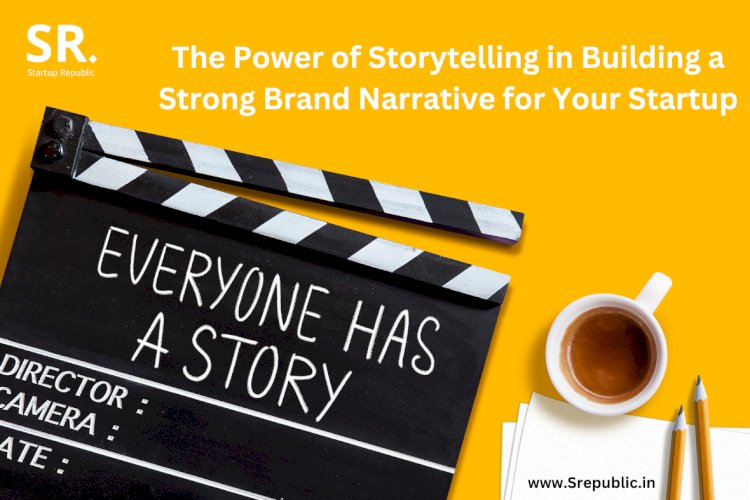The Power of Storytelling in Building a Strong Brand Narrative for Your Startup

In today's competitive business environment, it is essential for startups to build a strong brand narrative that resonates with their target audience. While many entrepreneurs focus on product features, pricing, and marketing tactics, the most effective way to differentiate your brand and build customer loyalty is through the power of storytelling.
Storytelling is the art of using narrative to communicate a message, evoke emotions, and connect with people on a deeper level. In the context of branding, storytelling involves crafting a compelling narrative that communicates your brand's values, vision, and mission in a way that resonates with your target audience.
So, how can startups leverage the power of storytelling to build a strong brand narrative? Here are some tips and best practices:
-
Define your brand's purpose: Before you start telling your brand's story, you need to define your brand's purpose. This includes identifying your target audience, understanding their needs and desires, and defining your brand's unique value proposition. By defining your brand's purpose, you can craft a narrative that speaks directly to your target audience and resonates with their values and aspirations.
-
Develop a brand story: Once you have defined your brand's purpose, it's time to develop a brand story that communicates your brand's values, vision, and mission. This includes identifying the key elements of your brand story, such as your origin story, your brand's personality, and your brand's unique selling proposition. Your brand story should be authentic, compelling, and memorable, and should resonate with your target audience on an emotional level.
-
Use storytelling in your marketing: Once you have developed your brand story, it's time to start using storytelling in your marketing efforts. This includes using visual elements such as images and videos, as well as written content such as blog posts and social media updates. Use storytelling to highlight your brand's unique value proposition, showcase your products or services, and connect with your target audience on an emotional level.
-
Engage with your audience: One of the most powerful aspects of storytelling is its ability to engage with your audience. Use storytelling to start a conversation with your target audience, ask for their feedback, and encourage them to share their own stories. This will help you build a community around your brand and create a sense of loyalty and advocacy among your customers.
-
Evolve your brand story: As your business evolves and grows, your brand story may need to evolve as well. Be open to adapting your brand story to reflect changes in your business, your target audience, and the competitive landscape. This will help you stay relevant and continue to connect with your audience on an emotional level.
In conclusion, storytelling is a powerful tool for building a strong brand narrative that resonates with your target audience. By defining your brand's purpose, developing a compelling brand story, using storytelling in your marketing efforts, engaging with your audience, and evolving your brand story over time, you can differentiate your brand, build customer loyalty, and achieve long-term success.

 Lalita Singh
Lalita Singh 






















